I thought this Assignment was quite fun and challenging. After I would finish most of my designs on Grasshopper and export my 3D models, Cura would have multiple warnings about the faces of the shapes among other inaccuracies and it wouldn’t let me print.
My initial idea as you can see in the images below, was to create vessels in the shape of waves like you see in the ocean, so I used the sketching in rhino to create an interesting base that I would then build up on with grasshopper an interesting looking halfpipe splitting in two like the waves from Nazare. The image below is supposed to be the leftmost piece of a three piece puzzle:
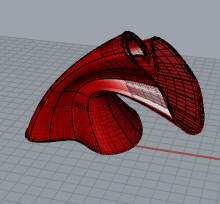
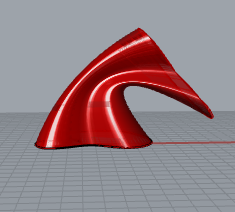
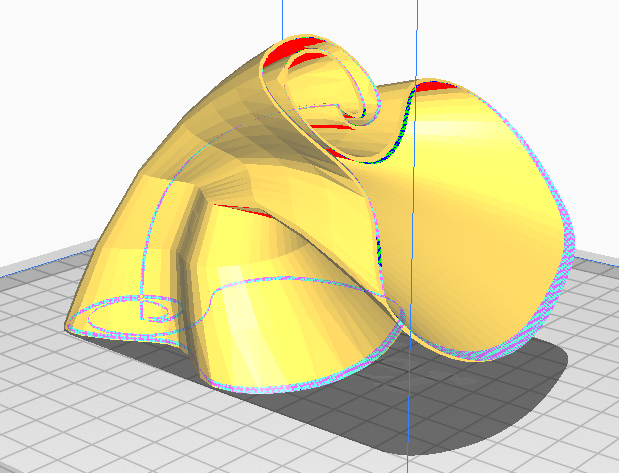
Sadly, I wasn’t able to make it past Cura in time with even the first shape in order to print it and complete the three piece work (maybe I continue on this or something like this for the final project, we’ll see how the rest of the class goes). Since I didn’t want to show up to class empty handed again, I decided to simplify my models a lot and find out what the problem was, in order to be able to start the 3D printing process in time since again, I wasn’t able to print properly for last assignment.
Because of this I came up with the following designs:
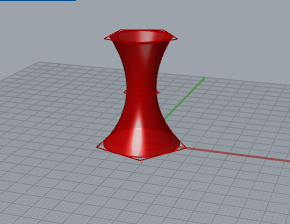
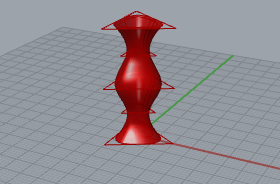
As you can probably imagine Cura liked this ones and rendered them nicely:
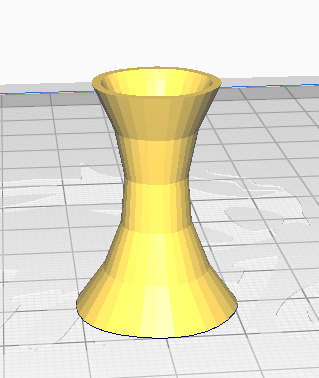
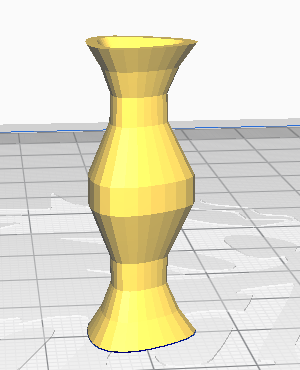
After this my fight with the 3D printer began and thankfully this time I was able to level it properly and finally print my models the right way:
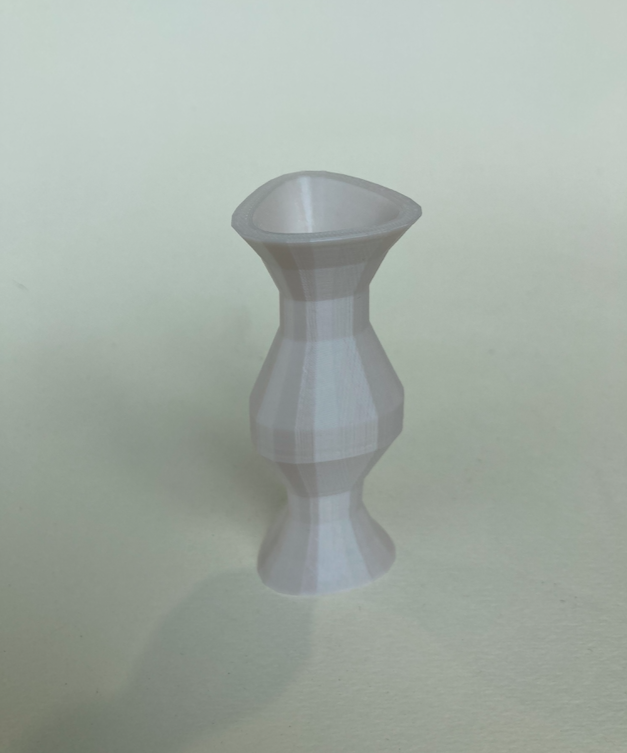
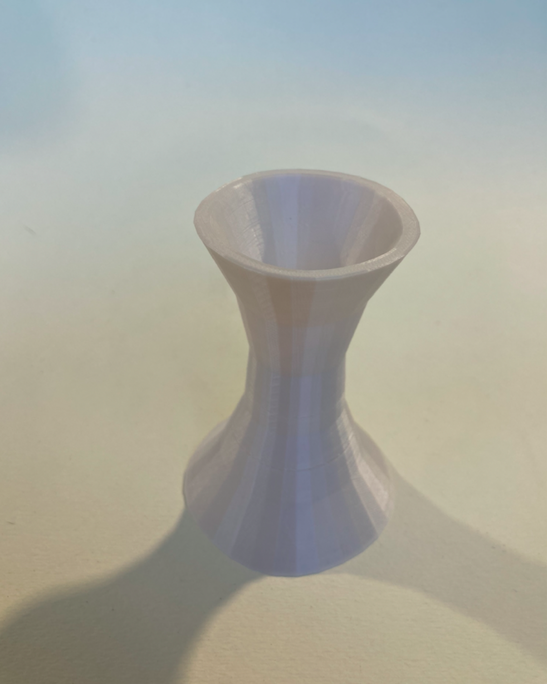
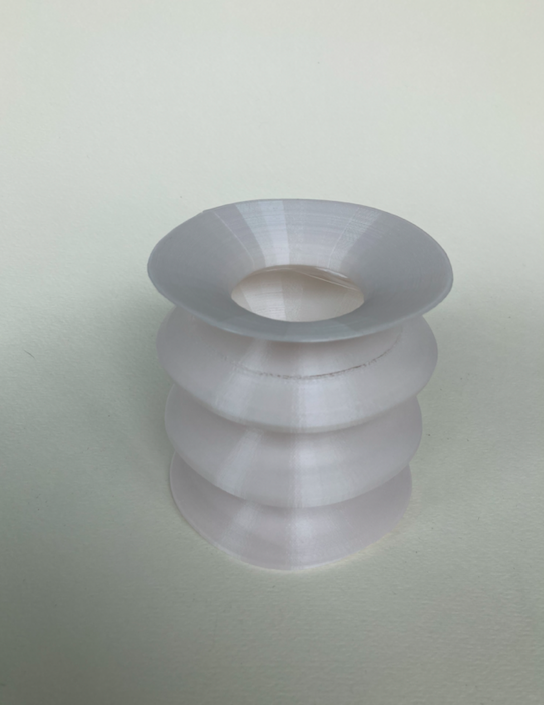
Reflection:
I loved creating objects via programming. It was amazing to me how once you create your parameters and program a behavior for them that allows them to render objects, you can so easily manipulate that behavior and mutate those objects to whatever you want. Basically you have control on what constraints they have and what type of rules they follow, but other than that you don’t really have to build them, you just have to mess around with some inputs and create a shape with whatever you are imagining.
This was really great for me because I don’t pride myself with being one of the most creative people, and I mean that to the point of if I had to draw something I would do stickmen, never mind creating a 3D object by hand, so discovering that you can do it by programming was very inspiring. Which is also why I think this class was such a great choice, it is teaching me something that otherwise I probably would’ve never messed with.
Thanks to the freedom of creativity enabled to me by good old programming, I came up with my ocean half pipe ideas, heavily inspired by the beautiful and monstrous Nazare waves. I originally thought that since we needed three vessels I was going to make each vessel a part of the wave, after quickly programming the first one I realized that a simple half pipe could be improved (I got confident) and I decided to model those beautiful and chaotic waves that split horizontally in two. One I achieved this I realized that I simply could not print my shape in time and decided to change my models to something a little less original. In retrospective I feel like for my original idea I can take full authorship, I was inspired by something that exists in the real world and then came up with an original way to represent it. For what I ended up printing is a different idea, the shapes themselves are not really what I would classify as original and the design process was heavily motivated by what I learned in class, with not much thought coming from me, which leads to believe that in this kind of design process is easier to get caught in feeling less authorship of what you created if it doesn’t feel original enough. In a more traditional approach, lets call it a more “done by hand” approach, you can feel authorship of something that really isn’t that original or creative simply because you build it from scratch.
In conclusion, I am a bit disappointed that I wasn’t able to build a beautiful wave, but we are here to learn so maybe in the future I’ll be able to imagine something complex and actually make it happen.
Hi Jorge,
Your wave-shape vessel look really lovely. I’d love to see your printed result if you have a chance to work on it again for the final project.
I also had the same issue with you with many of the shapes I generated where they’re many highlighted areas and warning shown in Cura. Maybe it was the reason why my pieces kept falling apart and the filament stopped sticking to the vessels’ surface.
Thanks Ruby! And yes, I definitely figured that if Cura doesn’t like the shape it definitely won’t print. I’m sorry to hear that it caused you further problems with the filament, hopefully you figured it out!
Hey Jorge,
Wow, that first render is super awesome! It’s too bad you didn’t get a chance to print that one out. But your final prints are really nice, especially because of the texture created in Cura’s representation. I know how you feel about the disappointment that comes with abandoning a fun idea for a more achievable/timely one. I was pretty excited to start and figure out a cool cactus vase program, but had to go for something a little easier so I could get everything printed in time. Nice work!
Jamini
Your initial idea about the waves is very creative and I think it would’ve made a great print. I am sorry you were not able to print it and more waves out, but the final vessels that you decided on look just as great! I think there is some greatness in simplifying the models and your prints just prove that point. The geometric angles on the vases make them stand out and adds some great texture to the physical print. Those 3D printers do put up a good fight, but I am glad you were able to overcome those challenges too. Overall, great work and I look forward to see more great prints from you!